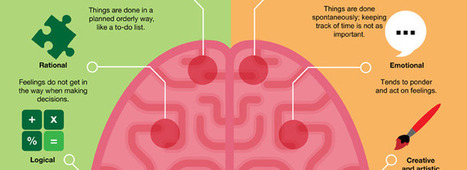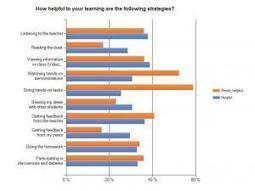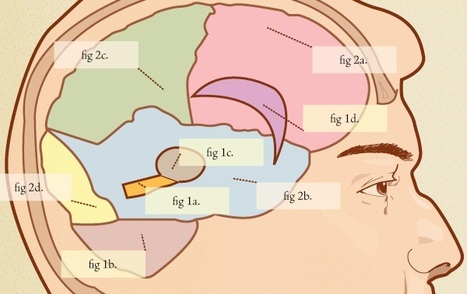"If you ever wondered why you act the way you do, the answer may lie in which side of your brain you tend to use more. Allthough they're generalizations, popular theories suggest that right-brain people have different skills and preferences than those who are left-brain people. How do these differences impact you? Find out in this infographic."
The Center for Applied Special Technology (CAST) has noted that how we learn is as unique as our DNA. This infographic will help you discover about what side of the brain you use most often, and then ask yourself, WHY?
Via Smaragda Papadopoulou



 Your new post is loading...
Your new post is loading...










